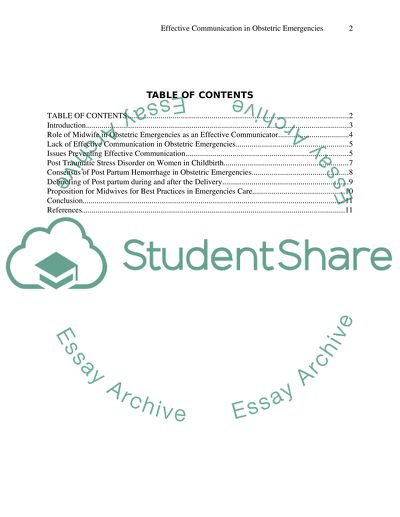Cite this document
(“Communicating effectively in obstetric emergencies Essay”, n.d.)
Retrieved from https://studentshare.org/nursing/1429710-communicating-effectively-in-obstetric-emergencies
Retrieved from https://studentshare.org/nursing/1429710-communicating-effectively-in-obstetric-emergencies
(Communicating Effectively in Obstetric Emergencies Essay)
https://studentshare.org/nursing/1429710-communicating-effectively-in-obstetric-emergencies.
https://studentshare.org/nursing/1429710-communicating-effectively-in-obstetric-emergencies.
“Communicating Effectively in Obstetric Emergencies Essay”, n.d. https://studentshare.org/nursing/1429710-communicating-effectively-in-obstetric-emergencies.


